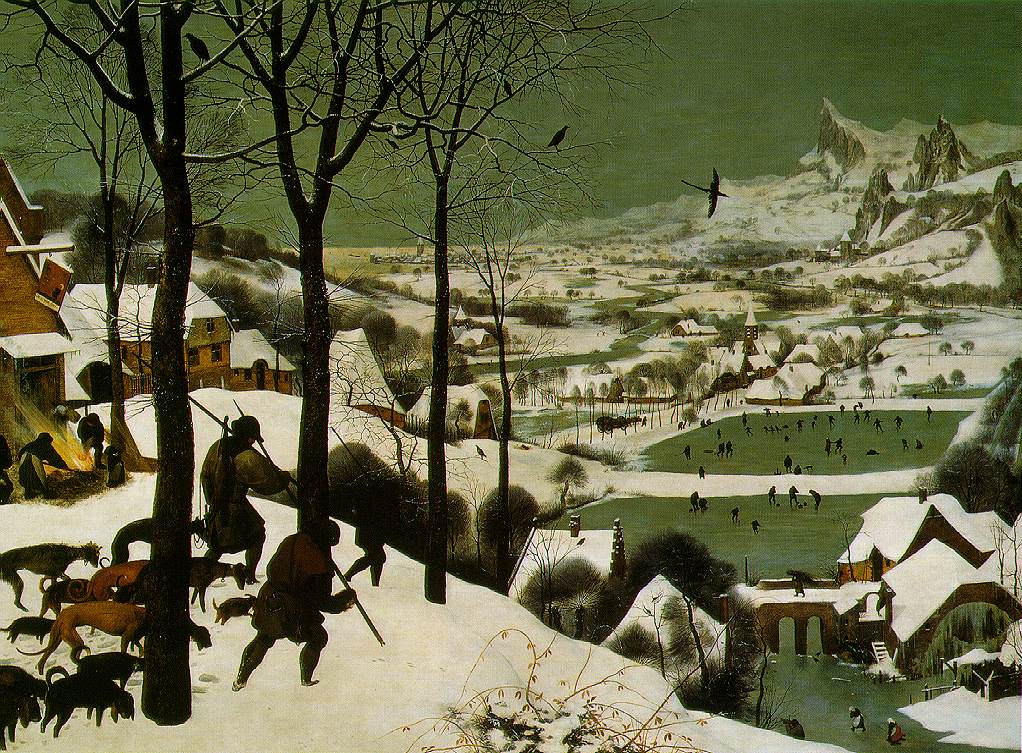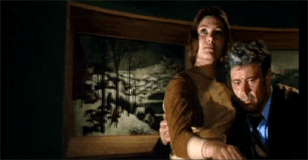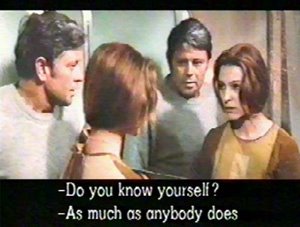Haecceities Revisited

Brueghel: Hunters in the Snow (1565) [featured in the pre-zero-gravity library scene in Tarkovsky's Solaris, one of cinema's finest manifestations of the haecceity].
Delighted to see Mark K-punk [as also noted by Daniel/Josef K at Different Maps] revisit the haecceity, the thisness of this, in his review of John Foxx's latest LP, Tiny Colour Movies:

This is not an inner but Outer calm; not a discovery of a cheap New Age 'real' Self , but a positive alienation, in which the cold pastoral freezing into a tableau is experienced as a release from identity.

Dun Scotus' concept of the haecceity - the 'here and now' - seems particularly aposite here. Deleuze and Guattari seize upon this in A Thousand Plateaus as a depersonalized mode of individuation in which everything - the breath of the wind, the quality of the light - plays a part. A certain use of film - think, particularly, of the aching stillness in Kubrick and Tarkovsky - seems especially set up to attune us to hacceity; as does the polaroid, a capturing of a haecceity which is itself a haecceity.

From Solaris production design. Artist: Michail Romadin.

From Mirror production design. Artist: Nikolai Dvigubsky


1 Comments:
Good to have you back, Padraig.
Post a Comment
<< Home